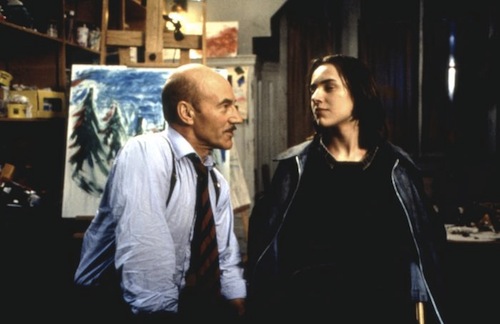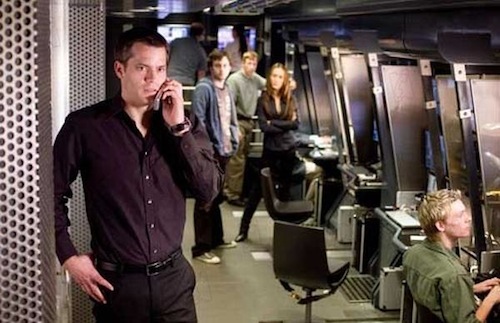
Computer hacking has all the ingredients necessary for a Hollywood blockbuster: it’s intense, skillful and highly illegal. Unfortunately, real-world hacking is often a matter of sending spam emails, running long and complicated programs and painstakingly trying to guess passwords, which makes it incredibly boring to watch on screen. That’s probably why most movies about hacking try to spice things up with glamorous stars, ridiculously fast hacks, and user interfaces designed solely to make things easier for audiences. We list the 12 most downright improbable computer hacking movies ever released in Hollywood.
12. Hackers
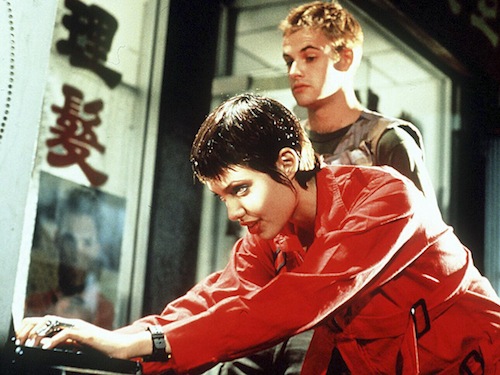
This mid-90s movie depicts computer hackers as suspiciously well-dressed punks with good looks that match their skills. And, it also happens to be the film that launched Angelina Jolie’s career as a leading lady. Unfortunately, the actual computer infiltration shown in this movie is totally ludicrous: the hackers use a 3D interface that looks like a cross between Tron and an old school arcade game. Once inside the computer, they actually navigate using joysticks, and “fire” programs at each other like missiles. The computers flash messages like “virus uploading” just to make sure that the audience can understand what’s going on. Roger Ebert said he took the computer hacking “approximately as seriously as the archaeology in Indiana Jones.” It’s enough to make you wonder if the writers had even used a computer before…
11. Firewall
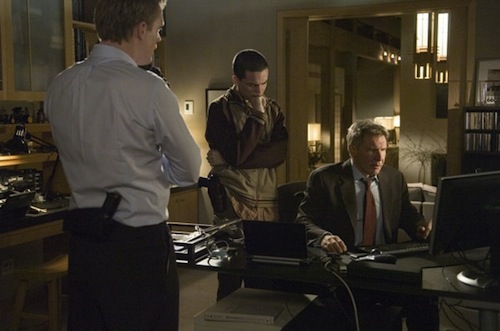
Troubled actor Harrison Ford, once the best in the business, is forced to perform one last dirty job by a heartless movie production company. His mission: to make Firewall a success at the box office. Can he pull it off? Probably not. Most of the hacking in this 2006 movie is just meaningless techno babble. One scene stands out as particularly bad: protagonist Jack Stanfield connecting his daughter’s iPod to a camera in order to capture images of “bank accounts” at the company he works for. Not only would this not work (since iPods had neither the hardware nor the software to accommodate a scanner), but how would getting images of the accounts allow the antagonists to hack them? And could they really empty 10,000 bank accounts without anyone noticing? To cap it off, Ford seems to be daydreaming about his paycheck throughout the movie, even the fight scenes. Han Solo has fallen a long way.
10. Masterminds
Masterminds is an obscure movie that is chiefly memorable for its incredibly inaccurate depiction of hacking. The flick opens with the computer-cracking protagonist attempting to get into a horror computer game company’s system to see one of its products ahead of time, only to find that its security is horror-themed as well. Once inside the system, the young mastermind finds himself in a 3D dungeon full of animated skeletons, monsters and demons. Despite the program calling him an “illegal intruder,” it also helpfully gives him two minutes to “find valid entrance.” Needless to say, this isn’t an accurate depiction of hacking – apart from the fact that any security system that detected an intruder could simply cut off their connection; once the hacker entered the correct password he shouldn’t have had to play pointless mini-games. This isn’t Morrowind; if a real company ran a computer database like that most of its employees would quit.
9. Live Free or Die Hard
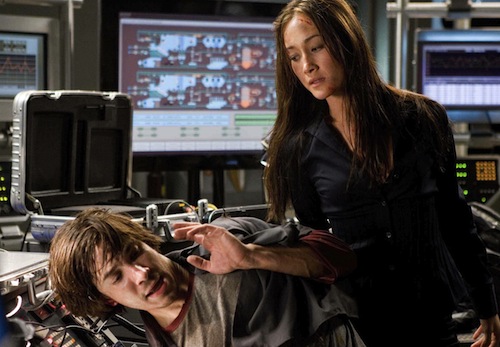
The original Die Hard movie was implausible enough, but the fourth installment of John McClane’s adventures is where it really starts getting silly. A “genius” cyberterrorist (who still clearly needs to take a Computing 101 course) hacks into America’s computer-controlled infrastructure and starts causing all kinds of disasters by manipulating traffic lights, redirecting natural gas lines to cause explosions and even redirecting fighter pilots to attack targets in the middle of busy streets. Yet the USA’s systems are neither that dependent on automation nor that accessible from remote areas, and for a good reason. Add to the fact that the violence and swearing were mostly cut out for this PG-13 release and you have not only an implausible depiction of hacking but a pretty neutered Die Hard installment as well.
8. Johnny Mnemonic
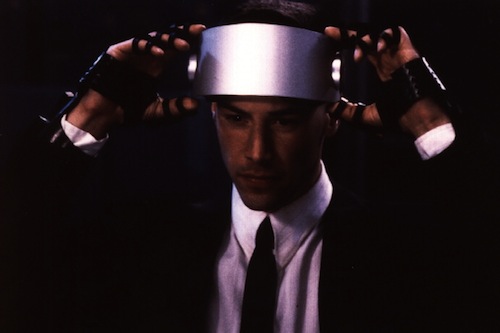
This 1995 film features Keanu Reeves as a “data courier” who carries information for corporations in a device inside his head. Over the course of the movie, he is forced to try to hack in to his own mind to remove vital information and stop himself from suffering total brain death. Judging by Keanu’s recent film role choices, this didn’t work. Of the movie’s many technological annoyances, probably the most glaring is the limited amount of data his storage device can handle: the title character has to give up many of his memories to store 160 GB and is in grave danger of death from storing 320 GB, or about half as much as an average computer hard drive in 2012. Considering the human mind holds approximately 1 million gigabytes of information, these future memory devices seem very bulky. Add to this Reeves’ worst performance of all time and this is easily one of the crummiest cyberpunk films of the ’90s.
7. Swordfish
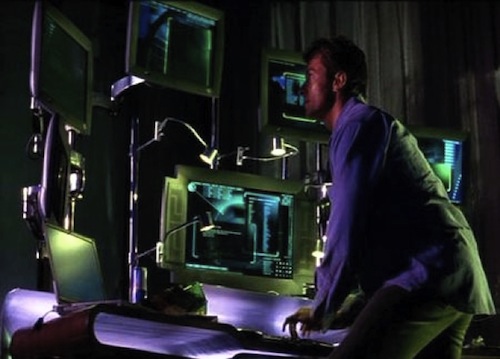
Of all the glamorous portrayals of hackers, Swordfish is possibly the most over-the-top. Computer crackers not only look like Hugh Jackman, they earn billion dollar salaries and have Halle Berry clamoring to get into their pants. The movie’s most egregious scene is when Jackman’s character breaks into the Department of Defense in one minute while being given oral sex by a hooker – probably a physically impossible feat, especially since his main hacking skill seems to be typing very quickly. He also designs a computer worm by drawing different modules on a screen in 3D. It seems that the movie’s creators didn’t realize that programs are generally written in, well, writing…
6. The Net
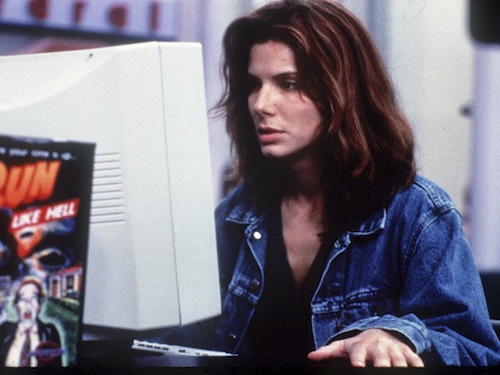
The Net was made in the 1990s when the internet was a new thing and ordering a pizza online was enough to mark you out as a hopeless techno-geek. As a result, the writers didn’t really seem to know what hackers were capable of and endow them with a variety of powers including the ability to change doctors’ prescriptions, and, indeed, to erase a person’s identity electronically. Not only would there still have been paper copies of everything available in 1995, but no law enforcement agency would disregard the word of everyone who knew the individual in favor of clearly flawed computer records. The main character also loses a lot of her tech-savvy credentials when she repeatedly pronounces “modem” wrong throughout the course of the film. And that’s not even getting to the movie’s most unrealistic aspect: Sandra Bullock as a computer geek who never interacts with the outside world.
5. Tron Movies
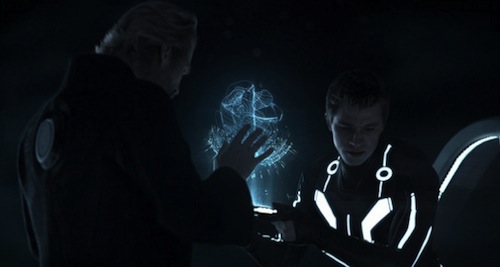
We understand that a series which began with the protagonist being physically brought into cyberspace isn’t meant to be very realistic, but Tron and its sequel still cross the line when it comes to suspension of disbelief. The movies depend on the concept of people being “digitized” – that is, converted into information after being vaporized by a laser, technology that’s more Star Trek than near-future. Furthermore, simple hacking and security programs are depicted as having not only a consciousness but the equivalent of physical bodies. When we consider the first Tron film in particular, it’s worth remembering that this is 1980s technology: computer AI was limited to making the Space Invaders go faster the further they got down the screen. Awesome graphics, for the time anyway, but nobody can claim that it’s a very realistic idea.
4. Antitrust
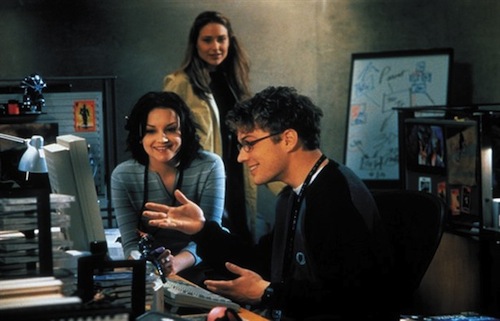
In this ridiculous turn-of-the-millennium thriller an idealistic software expert joins the alternate universe equivalent of Microsoft, only to discover that they are achieving their technological successes by stealing rival programmers’ code and murdering them to cover it up. Despite the relatively accurate depictions of hacking, the premise doesn’t really stand up to much scrutiny. In addition, in real life Bill Gates isn’t actually that bad: the man plans to give most of his money to charity for goodness’ sake. Why are technology developers always portrayed as evil tyrants? (Until they die, that is.)
3. WarGames
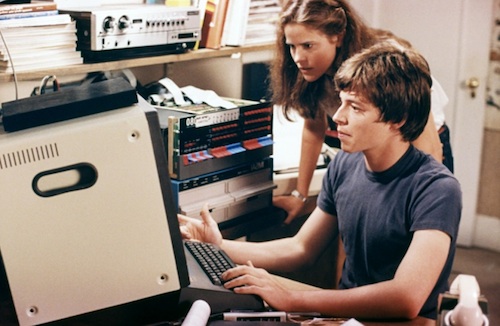
WarGames may be a good movie, but as a source of information on computers it’s far from accurate. It stars Matthew Broderick as a teenage hacker who accidentally accesses the workings of the Department of Defense supercomputer instead of a computer game company – and almost starts World War III. Sure, using a modem to dial random numbers was a plausible way of cracking computers at the time, but a government computer developing intelligence and hacking the American launch codes to fire nuclear missiles really wasn’t. It also suffers from the Hollywood syndrome of dumbing things down for the viewers. Apparently a military supercomputer will actually speak to you in English once you hack into it. It may have reflected fears of technology in the Cold War era, but the events of WarGames would never happen in real life.
2. Ghost in the Machine
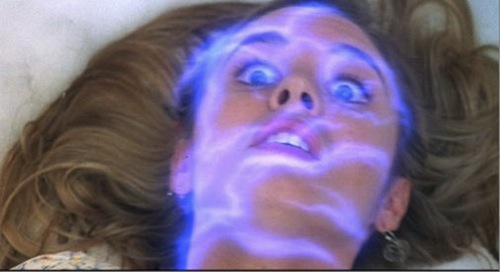
Possibly the silliest flick in the hacking genre is this 1993 stab at a horror movie. It’s an oddly literal concept – a serial killer receives a fatal electric shock while having an MRI which somehow transfers his mind into cyberspace and turns him into a ghost who can hack into machines. Y’gettit…? In one of the film’s most absurd scenes, a babysitter is murdered by way of an exploding dishwasher. Even if we allow for supernatural powers, there is nothing in a common household item that could physically create an explosion like that. Mind you, the scene in which the killer somehow turns a hairdryer into a flamethrower is worth the price of the DVD alone.
1. Independence Day
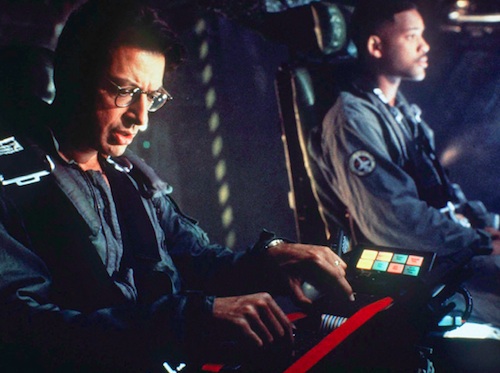
Of all the stupid hacks in Hollywood history, possibly the worst is the one that appears in this Roland Emmerich movie. In many ways, this film is just too easy a target. Apart from the standard problem of being able to insert a malicious program into a system ridiculously easily, there’s the flaw that everyone points out: how could a computer with 1996 technology possibly interface with a computer system hundreds of years more advanced and presumably running on completely different principles from Earth technology? And haven’t the aliens heard of a firewall? Just think, if they’d bothered to install Norton Antivirus it would have meant the end of civilization as we know it.
